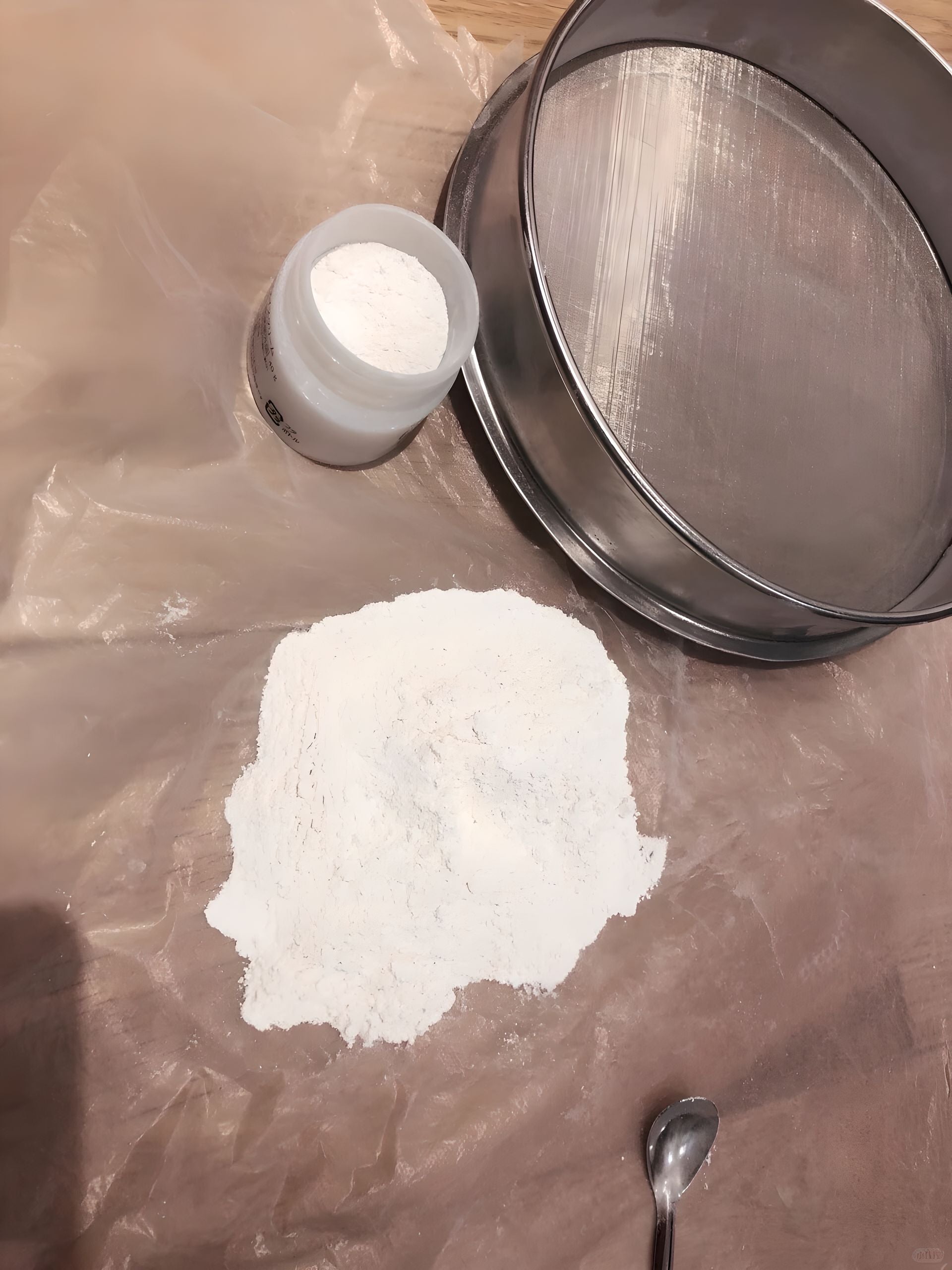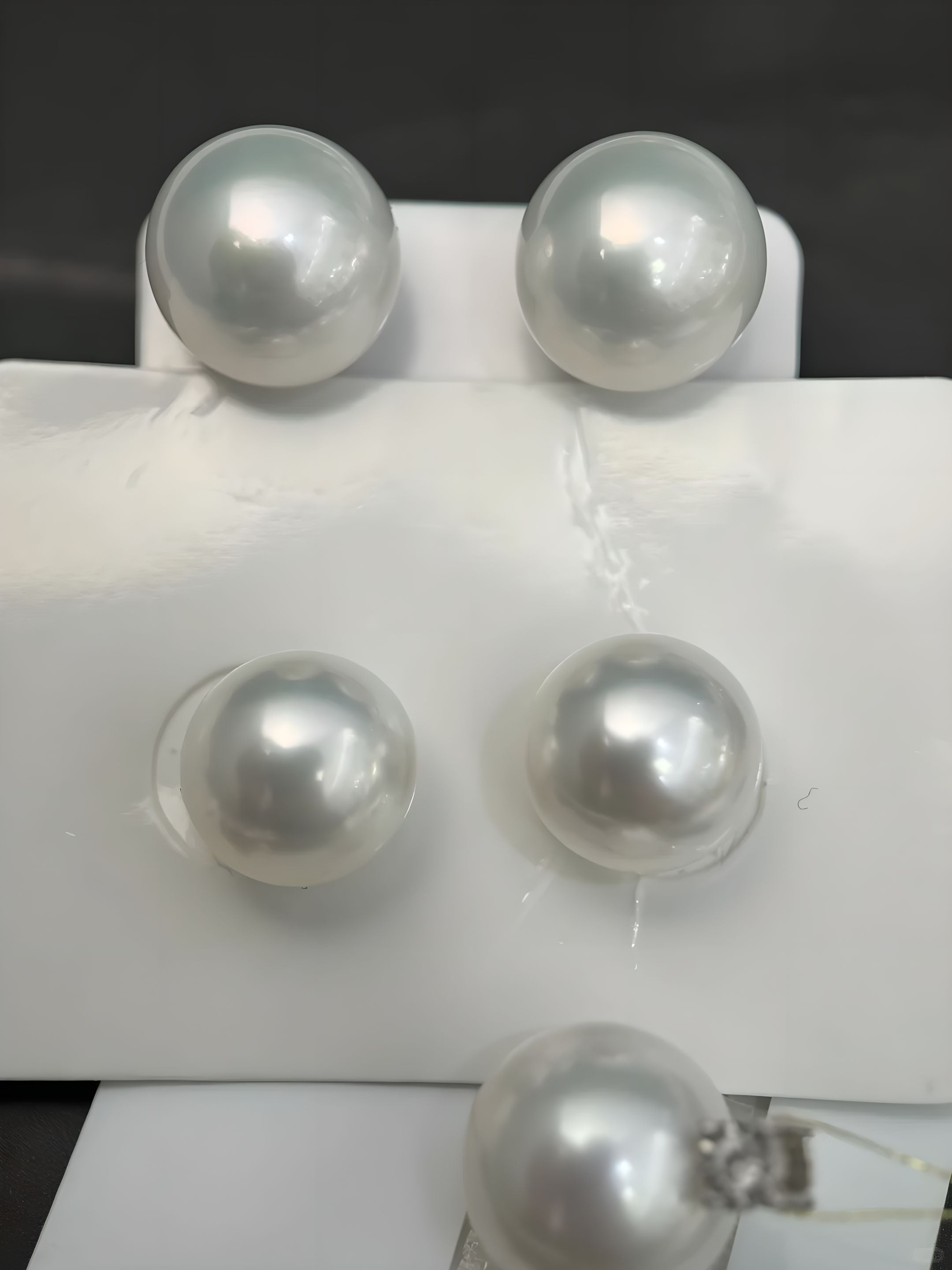
Can Pearl Be Eaten?
Introduction
Can pearls be eaten? This intriguing question often sparks curiosity, especially among those fascinated by the shimmering allure of these gems. Is there any truth to the tales of ancient civilizations ingesting pearls for their supposed health benefits, or is this purely a myth? In today’s culinary world, where ingredients are sourced from the farthest corners of the globe, can pearls find a place on our plates? Let’s delve into this captivating topic.

The Culinary Legacy of Pearls
Pearls have been admired not just for their beauty but also for their historical culinary allure. Cultures from the East have long upheld the notion of pearls as being more than just adornments. Ancient Chinese texts mention emperors consuming pearls, believing they would imbue them with health and longevity source. Similarly, Cleopatra is said to have used pearls in an extravagant display of wealth and power, dissolving one in vinegar to prove that she could consume a fortune at a single meal source.
The Science of Pearls as Food
Composition of Pearls
Before you consider adding pearls to your dinner menu, it’s essential to understand what they actually are. Pearls are composed primarily of calcium carbonate in the form of aragonite or calcite. According to the Gemological Institute of America (GIA), these minerals give pearls their structure and luster. While ingesting calcium carbonate in small quantities (think dietary supplements) can be harmless, pearls themselves are not designed for consumption source.
Potential Health Benefits
The myth of pearls having health benefits persists today, largely thanks to traditional medicine practices. Modern science, however, has yet to confirm any significant health benefits from eating pearls. While the calcium content in pearls could theoretically contribute to bone strength, there are far safer and more practical methods of calcium intake available.
The Gourmet Scene: Pearls in Modern Cuisine
Real World Applications
That being said, pearls have made an appearance as a garnish in high-end cuisine. Renowned chefs have occasionally used finely grounded pearls or pearl dust to add a visual splendor to extravagant dishes and cocktails—akin to gold foil. However, these are largely symbolic and cater more to the spectacle than taste.
Safety Concerns
Before you consider trying such an experience, it’s important to note that culinary-grade pearls are specially prepared and treated. Regularly harvested pearls from your jewelry collection are not meant to be consumed and can be harmful if ingested improperly.
Conclusion
While the idea of eating pearls might sound glamorous and intriguing, the practicalities and potential risks far outweigh any mythical benefits. As captivating as pearls are, they are best appreciated for their beauty rather than as a culinary ingredient. Should you feel tempted by this luxurious experience, ensure it’s supervised by culinary experts who understand the intricacies involved. In the end, pearls are treasures of nature that shine brightest when worn, capturing the essence of elegance and luxury.
Whether exploring the history of pearls or simply accessorizing with their timeless beauty, let their allure inspire—but perhaps steer clear of adding them to your meal plan. Embrace both the myth and the truth about pearls with an appreciation for their storied past and elegant present.
Article Keywords:
- Eating Pearls
- Pearl Consumption
- Culinary Uses of Pearls
- Health Benefits of Pearls
- History of Pearls



Leave a comment
This site is protected by hCaptcha and the hCaptcha Privacy Policy and Terms of Service apply.